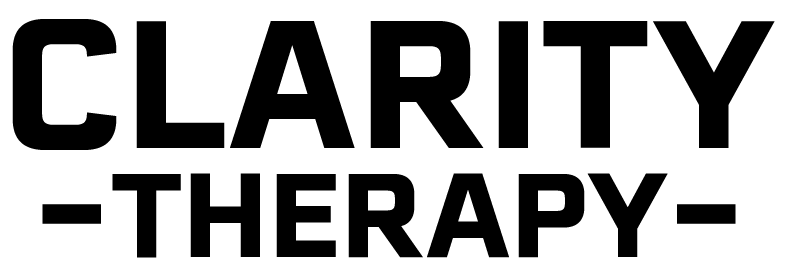What Does a Boundary Look Like? A Deep Dive into Chapter 2 of Boundaries
Ever had that moment when your phone buzzes, and you just know it’s someone asking for something you don’t have time or energy for? But instead of saying no, you respond with:
"Sure, I can do that!"
And just like that, you’ve added one more thing to your plate, even though your plate was already overflowing.
So, why is it so hard to set boundaries? And what do they even look like?
In Boundaries, Dr. Henry Cloud and Dr. John Townsend break it down: A boundary isn’t a wall. It’s a fence. One that keeps the bad out and lets the good in.
Let’s talk about what boundaries actually look like—and why they’re the key to reclaiming your time, energy, and sanity.
🏡 Boundaries Are Like Property Lines: Know What’s Yours
Imagine your life as a piece of land with clear property lines. You are responsible for everything inside your fence—your emotions, your choices, your well-being.
But here’s where things get messy:
🔹 Ever felt like someone kept dumping their problems into your yard?
🔹 Or like you were responsible for cleaning up someone else’s emotional mess?
🔹 Or maybe you’re the one walking into someone else’s yard, trying to fix their problems?
💡 Truth bomb: You are responsible for what happens in your yard, not your neighbor’s.
⚖️ The Boulder vs. The Knapsack: Knowing What’s Yours to Carry
If there’s one analogy from Boundaries that changed my life, it’s this one:
Some things are boulders, and some things are knapsacks—and knowing the difference can save you from emotional burnout.
✅ A Boulder (Heavy Burden): A crisis that is too much for one person to carry—grief, trauma, serious illness. Helping here? Healthy and human.
🚫 A Knapsack (Daily Responsibility): The stuff we all have to carry—our emotions, choices, consequences. Carrying someone else’s knapsack? That’s not your job.
💡 Let this sink in: You can support others, but you are NOT required to carry what isn’t yours.
🚪 Boundaries Are NOT Walls—They Have Gates!
Raise your hand if you’ve ever thought setting a boundary meant cutting people off completely? 🙋
But Boundaries makes one thing clear: Healthy boundaries aren’t about shutting people out. They’re about deciding what (and who) gets in.
🔹 A strong boundary keeps out guilt, manipulation, and emotional exhaustion.
🔹 A healthy gate lets in love, support, and accountability.
💡 Mindset shift: Boundaries are about protection, not punishment.
🛑 What Happens When Boundaries Are Weak?
Let’s get real: When you don’t have clear boundaries, here’s what happens:
⚠️ You feel exhausted because you’re taking on too much.
⚠️ You feel resentful because people keep asking for more.
⚠️ You feel guilty when you even think about saying no.
💡 Gut check: If you’re feeling drained all the time, your boundaries probably need some love.
🎯 How to Start Setting Boundaries Today
Okay, let’s get practical. Here’s how you start reclaiming your energy:
✔ Step 1: Identify what’s yours to carry and what’s not.
✔ Step 2: Say “no” without explaining (Seriously, no justification required!).
✔ Step 3: Make your boundaries clear and consistent—people will adjust.
🚀 Challenge: Say no to one thing this week. Just one. And watch what happens.
Final Thought: Boundaries Are the Ultimate Self-Respect
Here’s the truth: Boundaries aren’t selfish. They’re self-respect.
They protect your energy. They protect your peace. They let you show up fully and freely in the relationships that matter.
So let me ask you: Which area of your life needs better boundaries? Drop a comment below. 👇
📖 Want to dive deeper? Read Chapter 2 of Boundaries by Dr. Henry Cloud & Dr. John Townsend.
📌 Reference
Cloud, H., & Townsend, J. (2012). Boundaries: When to say yes, how to say no to take control of your life. Zondervan.
